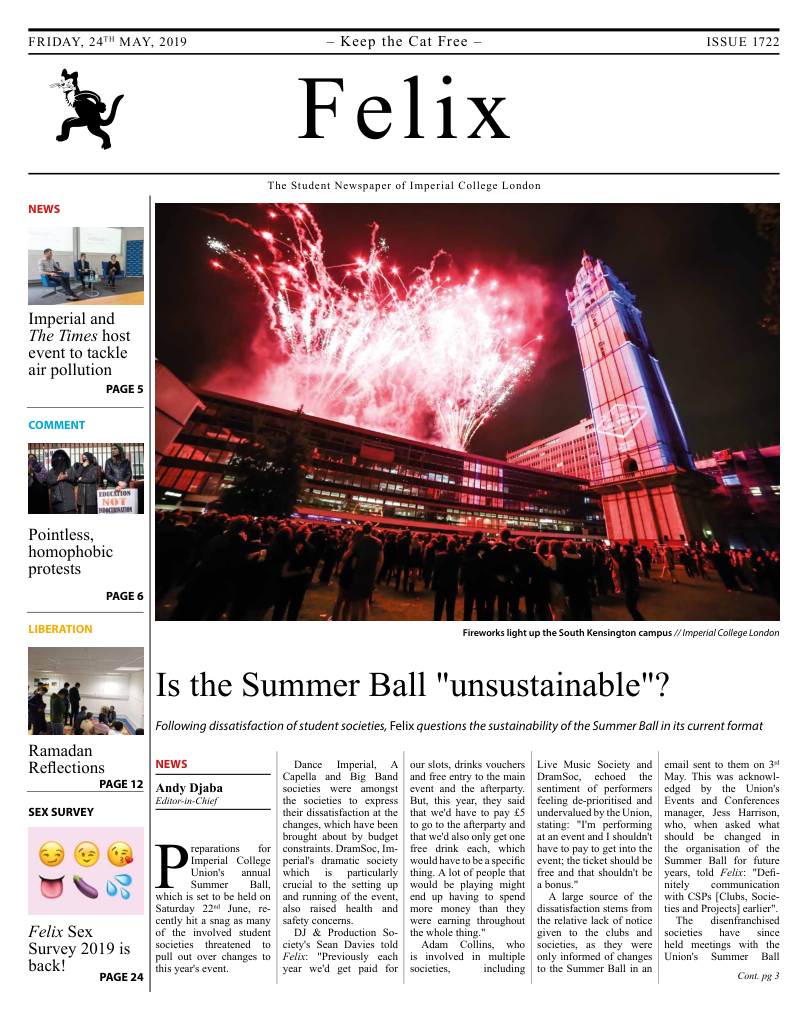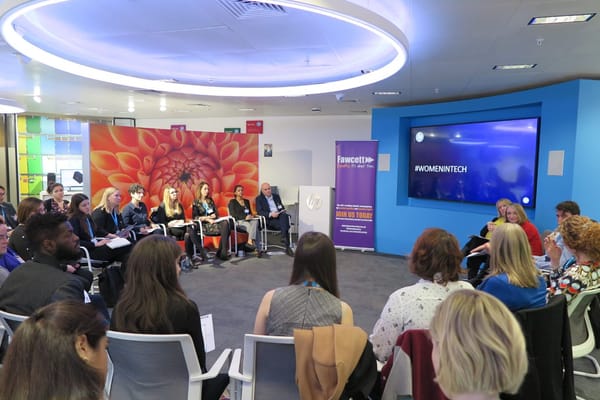Impromptu Part II - How to Get Off the Ground
Founders of Impromptu share advice on creating a tech start up

Background research
This is where a background in an analytical discipline comes up trumps. Think of this as a research project. Is there a demand for your proposed idea? Look into how unique your idea is, what your selling points are and how viable your idea is. Will it be possible to monetise your idea? Is there any competition? Is this competition fully established? Can you offer something different or an incentive? These are key questions you should be thinking about.
It’s crucial to have a target audience. Another term thrown around is market width. This simply implies how many people can benefit from your proposed app. Is your idea limited to a specific demographic? It is important to research how wide your potential user base may be. This is simply a matter of mining through resources, such as Datamonitor and Statista, amongst a host of others.
The data gathered from archives is highly important but often does not paint the entire picture. In some cases gleaning relevant information is simply impossible. Surveying is invaluable in this regard and is a powerful tool for determining whether your app idea is valid or not. It also helps you refine your ideas and functionality in line with the demand of your target audience.
There are many free templates available online. Select the format which suits you and take to the streets! In person questionnaires are the most rewarding (although Facebook and other platforms allow you to survey larger population sizes without leaving your room). Prepare a host of questions that allow you to validate your hypothesis. Do not lead those being surveyed. Be as impartial as possible. Keep the questions open-ended and let the subjects talk. Start with friends and family. Bear in mind they will find it hard to be impartial in your presence. The general public less so. Select a suitable location, if your target audience is the student demographic then of course, target the walkways at university. The data you gather will help you formulate your business model and financial projections.

Business Model
Your business model refers to the means by which you make money. Common approaches involve paid downloads, paid added functionality/features and advertising. Video games constitute the majority of ‘paid for’ apps. The current trend is for a ‘freemium’ model, whereby the app download and basic functionality are free with additional features being paid for. The details of how and when you monetise are laid out in your financial projections.
These spreadsheets are the most important thing that you will possess and can be thought of as a turbocharged profit and loss sheet. You will need to project things like your number of users, how often they will use your app, how often they will utilise paid for features (or how much you will gain from advertising based on their traffic). You will also need to detail costs for a host of things including staff, specialist expertise, servers and storage, marketing and office space amongst others.
Potential investors will want to see projections for a minimum of three years and will decide to fund based upon the projected return on their investment. A model that signifies a 10x profit over the course of three years is the minimum threshold for commercially oriented apps. Metrics to bear in mind include; retention rate, churn rate, CPI (cost per install), DAU (daily active users) and MAU (monthly active users) amongst others. Don’t forget to budget for contingencies by anticipating things that may go wrong and how much money you may need to deal with them.
Patent
This depends on your geolocation. Here in the UK and indeed throughout Europe and Asia, apps are not eligible for patent protection unless they fit very specific criteria. If you fit within this limited framework, cost is a major concern and there is no guarantee of success. The general rule of thumb is that you cannot protect an ‘idea’ and that anyone can come along and replicate it. In fact, there are large groups that specialise in mimicking fresh or successful ideas and throwing greater economic might behind their version or simply launching in a different market.
In the UK, you can however protect your app by trademarking your branding (both your name and logo) and copyrighting the overall way your app has been put together. This involves elements such as the colourways you use, your page transitions and images for example. This will limit the ability of another party ‘cloning’ your app and will form part of your intellectual property (IP). Having these matters in place is crucial to running an app and also to potential sale later on down the road.
Be sure to picky up a copy of Felix next week! We discuss how to practically make these concepts a reality...








